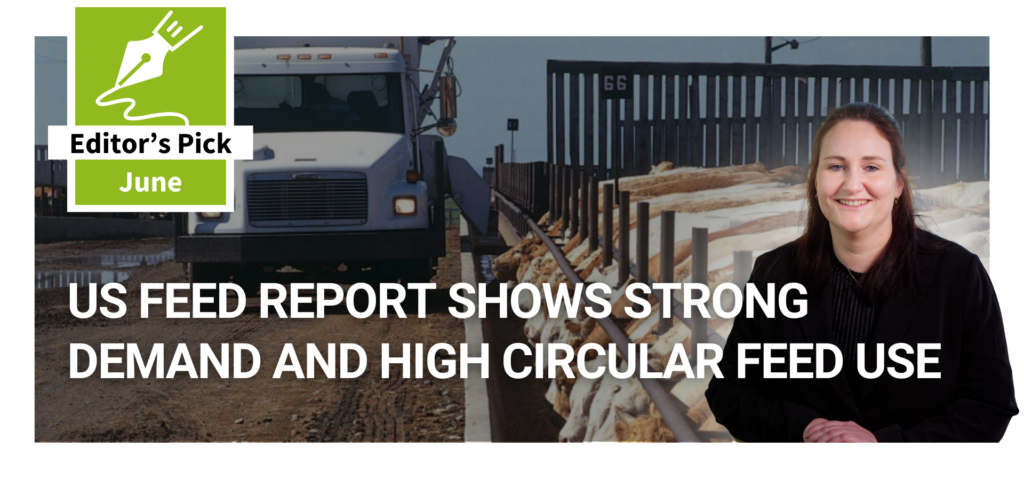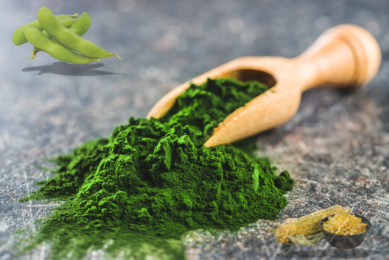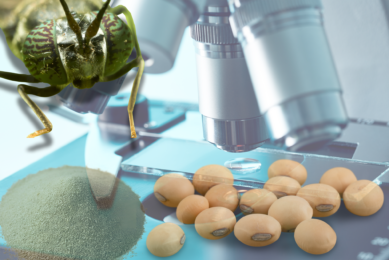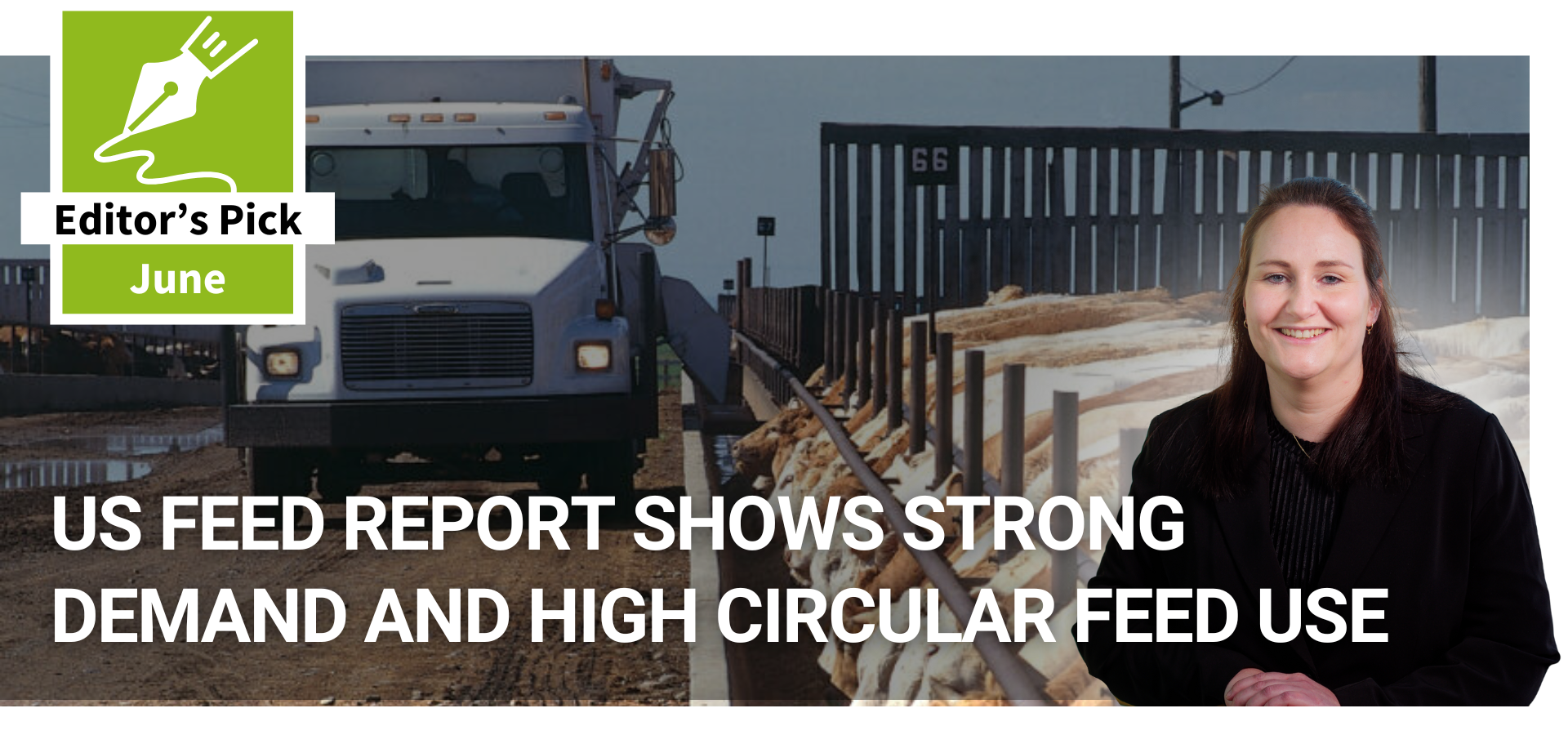5 sustainable alternatives to fishmeal and fish oil use in Asia
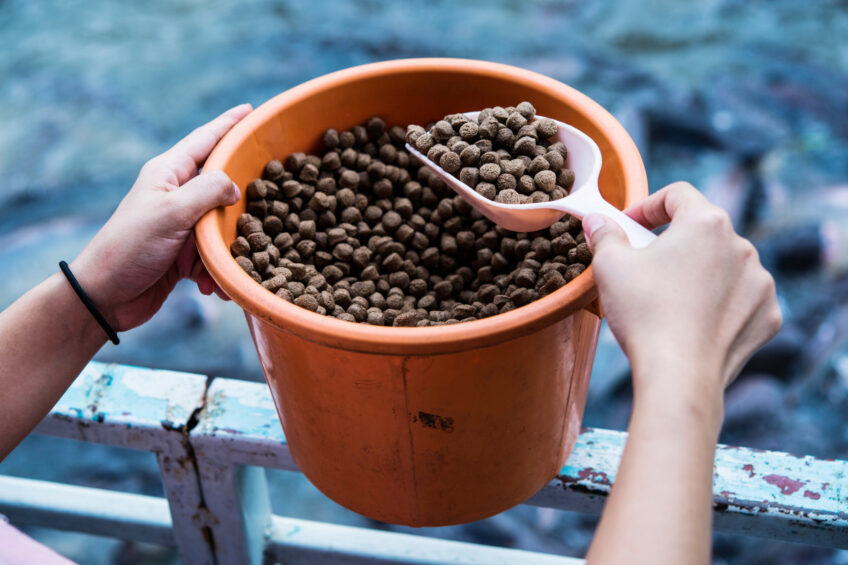
To improve the sustainability of aquaculture, researchers are exploring alternative locally available, affordable, environmentally friendly and easily reproducible ingredients. In this article, we present potential alternative ingredients to the use of fishmeal and fish oil in aquafeed.
This article is based on a recent publication by various experts and practitioners in aquaculture, focusing on alternatives to fishmeal and fish oil use in aquafeed in Asia. Reports show that aquaculture has become a significant food-producing sector globally, with Asian countries leading in output (92% of the world’s total production). However, this industry faces major challenges, including a scarcity of sustainable feedstuffs such as protein, carbohydrates and oil sources, which are crucial for the nutritional requirements of many aquaculture species. Reports show, for example, that in the Philippines and several Asia Pacific region nations, the production of fish oil fails to fully meet the demand of the aquaculture industry.
 Animal-based protein sources
Animal-based protein sources
Fishmeal is still the driving force in most Asian countries. For example, in Philippines, is it the principal protein source in aquafeeds, with an average dietary level of 24% for local aquaculture species.
Meat, protein, and by-products from terrestrial animals are potential alternatives to fishmeal in aquafeeds. These alternatives include blood meal, feather meal, poultry meal, meat meal, and meat and bone meal, among others. The protein content of these animal byproducts varies, falling within the 50–80% range, making them suitable to replace 20–40% of fishmeal in aquafeed formulations.
Similarly, waste from fish processing is a potentially high-quality protein source especially when hydrolysed.
 Plant-based protein ingredients
Plant-based protein ingredients
Plant-derived proteins for aquafeed could be produced from oilseeds (soybean), peas, cereals (rice and maize), coconut (copra), and select root crops (sweet potato). Meals from oilseeds, such as soybean, rapeseed, cotton seed and sunflower are generally cost-effective and contain high protein levels (38–52%). Other than rendering copra meal for aquafeed proteins, coconut oil can also be used as a fish oil substitute.
A drawback could be that plant-derived ingredients, although potentially nutritious, are generally variable in their nutrient profile and contain limiting essential amino acids and anti-nutritional factors. However, these constraints can be mitigated by heat processing or solvent extraction, synthetic amino acids or adding components to compensate for the limiting essential amino acids and feed stimulants or attractants.
Fermented sweet potato biomass and copra (a by-product of coconut oil extraction), have been found to be beneficial for creating gut immunity in shrimps and enhancing growth (finfish and shrimp), respectively. Reports show that when used in milkfish, shrimp and tilapia diets fermented sweet potato biomass is approximately 70–90% digestible. Protein meals from fermented copra contain up to 45% protein. Most plant-based ingredients must undergo pretreatments such as chemical and physical treatments such as soaking, microwave irradiation and microbial fermentation.
Other by-products that could be used as protein alternatives to fishmeal are palm kernel cake, copra kernel cake and soybean cake. In addition, domestic agricultural by-products are more widely available and could be utilised. In the Philippines, for example, about 13 million hectares of agricultural cropland are available for banana, mango, pineapple, coconut, citrus and sugarcane production. By-products from these plants, such as banana peels are produced in huge volumes and can be rendered for use as aquafeed ingredients.
 Carbohydrate sources
Carbohydrate sources
The commonly used carbohydrate sources for aquafeeds are cereal grains such as rice, maize and wheat. Rice bran, a by-product of rice processing, is a conventional energy source for aquafeeds, particularly in areas where rice paddies are common. In Indonesia, local raw materials used in on-farm aquafeed facilities include rice bran, rubber seed, corn, tapioca and seaweeds.
Another potential aquafeed ingredient is distiller’s dried grains with solubles (DDGS) which usually have high energy and protein levels. As could be the case with other fruit by-products, the high carbohydrate content in banana by-products makes it a promising ingredient for aquafeeds.
 Lipid sources
Lipid sources
The palm tree Elaeis guineensis is the primary source of vegetable oil in many tropical countries in Southeast Asia. Indonesia is the top palm oil producer with a contribution of 57% to global production, followed by Malaysia and Thailand (FAO 2021). Among other potential lipid sources, palm oil stands out as an economically efficient and environmentally sustainable source of plant-based oil. Palm oil can be used as an alternative to fish oil in the aquafeed industry.
 Insects and select microorganisms
Insects and select microorganisms
Insect farming initiatives and commercial small- to large-scale insect farms operate in most Southeast Asian countries. Maggots or insect larvae are potential ingredients for aquafeed, with the black soldier fly (BSF) larvae leading the insect industry as a protein source. Optimisation and standardisation of the rearing substrates and the processing methods of the meals are essential. BSF maggots, for example, are seen as a potential solution for small-scale fish farmers with low access to commercial feeds.
On the other hand, microorganisms such as algae, bacteria, moulds and yeasts could be grown into biomass to collect the crude or refined proteins known as single-cell proteins. Single-cell proteins contain roughly 30–70% protein, essential amino acids, nucleic acids, carbohydrates, minerals and vitamins. They are sustainable resource-efficient modes for aquaculture feed development. Reports show that single-cell proteins could replace up to 75% of fishmeal in aquafeeds.
A vision for the future
The vision for future aquaculture production in the Asian region is a more sustainable aquaculture based on the use of sustainable feed ingredients. This means that to further develop the aquafeed industry and increase aquaculture production, the use of conventional and non-conventional locally available feed resources is a sustainable solution well worth exploring. Researchers point to government involvement playing a pivotal role in shaping the future of the aquaculture industry. This entails but is not limited to, the provision of incentives and technical support for the aquafeed sectors in developing sustainable ingredients for aquaculture.



